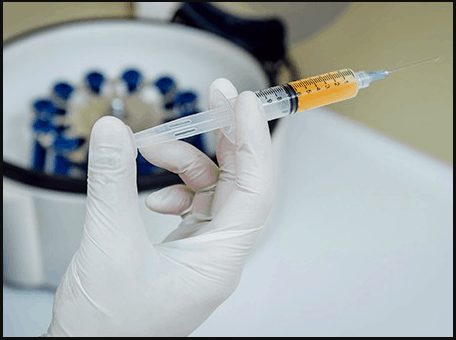Stem Cell Hair Treatment?
In today’s society, it’s hard not to hear about “stem cells.” Browse any news website and you are bound to stumble across an article touting “stem cells” as a new miracle treatment for just about any ailment or disease imaginable. This, of course, includes claims about treating hair loss with stem cell therapy. But what are stem cells? Can they really be used to fight diseases? And, more specifically, can they be used to treat hair loss?
What are Stem Cells?
While describing and discussing stem cells can be a complex topic, a stem cell is essentially a cell with a “blank slate” and the ability to be “nudged” into becoming just about any type of cell you 
Can Stem Cells be used to Fight Diseases?
Understanding that a stem cell can be extracted during its very early phases and manipulated to become just about any type of human cell helps us grasp why these may be so important in fighting diseases. Imagine if you could take a patient who suffered a spinal cord injury after an accident and could no longer walk, grow spinal cord stem cells, and inject these back into that patient. Theoretically the new cells could replace the old, damaged ones and the patient could regain the ability to walk. The same could be said for many degenerative diseases like Alzheimers, Multiple Sclerosis, and heart failure.
Stem Cells for Hair Loss
Alright, so now we understand that stem cells can be, theoretically, used to regenerate new types of cells and fight progressive conditions; so what about hair loss? Can stem cells be used to regenerate hair follicle cells, stop progressive balding, and regrow hair?
At this point in time, no. In fact, stem cells really are not being used in this manner yet at all — even for very serious diseases. The reality is that it is very hard to induce stem cells to become new tissues lines and then safely introduce these into living humans. There are serious potential consequences to this, and the technology, on the whole, is not really there yet. When we hear about doctors using “stem cell therapy” at this point, they are typically offering the following: instead of inducing stem cells into different cells types in a lab and then introducing these into patients, they are instead taking “blank slate” stem cells from the umbilical cords of newborns and injecting these into diseased tissue. The theory is that these “blank slate” cells will be introduced into right areas, they will receive information from these cells, become these type of cells, and then replace the bad or damaged ones. Unfortunately, the “jury is still out” as to whether or not this type of “stem cell therapy” is effective. There are questions about how many “blank slate” stem cells are being properly removed from the umbilical cords, how well they are getting to the damaged tissues, how well the cell-types in these areas are inducing the stem cells to become like them, and, most importantly, whether or not there are serious side effects to the process in general. Because of this, it is not a well accepted practice in general. And because it’s not well accepted for very serious medical conditions like Alzheimer’s and spinal cord injuries, it’s not too hard to imagine why it is NOT being widely utilized for hair regeneration. But you may be saying to yourself, I see doctors advertising “stem cell hair restoration” treatments all the time? What are they doing? And, is this effective?
Platelet Rich Plasma (PRP) “Stem Cell” Injections

So, can stem cells be used to fight diseases? Yes, theoretically they can. Furthermore, they are one of the most heavily researched topics studied today and will likely become very important in the future. Can they be used to restore hair? This is very unproven. Additionally, it is not actually being offered today. Those claiming to offer “stem cell therapy” for hair restoration are typically offering some other type of injectable treatment and using the term “stem cell” because they know it resonates with patients. So, patients are likely best suited by researching proven treatments for the time being and remaining cautiously optimistic about the future.
________
Feller & Bloxham Medical, PC





